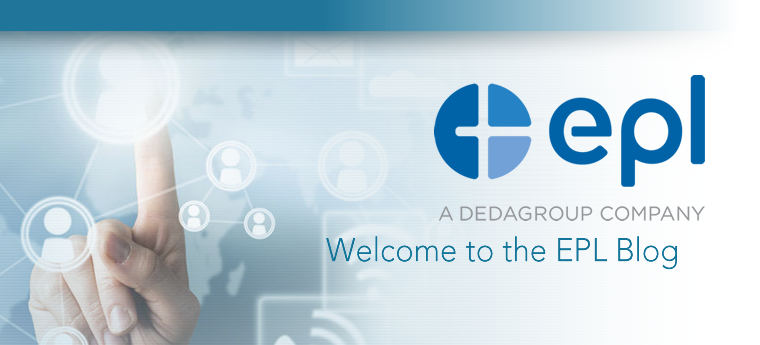Before
we knew it, the January 1, 2014, Affordable Care Act (ACA) deadlines were upon
us. Then, there was a reprieve with a
delay in employer penalties until January 1, 2015. With the first round of employer mandates
required by the ACA set to begin in 2015, the results of a new survey find that
larger employers (those with 50 or more employees) appear more informed about
their company’s options for providing health insurance. Sixty-nine percent of
U.S. employers report being “very informed” about their options under the ACA
in 2014, as compared to only 37 percent in 2013. The results come by way of the
nonprofit, Transamerica Center for Health Studies’ annual survey of employee
benefits decision-makers. The 2014 survey was conducted in March and April,
with the findings report, Pulse Check on Employer Preparedness for the ACA,
released in May.
Comparatively
speaking, the awareness statistics among smaller businesses are not as
positive. Among small businesses, the survey revealed that only six in 10 (59
percent) of those with fewer than 50 full-time equivalent employees are aware
of the new Small Business Health Options Program (SHOP), compared to eight of
10 businesses overall (79 percent).
“This may be an area where more education is needed,” Hector De La
Torre, executive director of the Transamerica Center, said in a media release.
“Small businesses with fewer than 50 full-time equivalent employees are
currently the only businesses eligible to participate in SHOP, yet four in 10
do not even know about it.” Businesses of this size employ nearly 34 million
workers, according to the Small Business Administration, so it’s a significant
gap to address. The survey found that
most employers (64 percent) plan on taking some action to comply with the ACA,
with 19 percent planning to change plan options and 17 percent planning to
change insurers.
Other key findings from the study
include:
Employers are researching alternative
options. More than a quarter (29
percent) of employers are researching actions that may avoid the need to comply
with some ACA mandates, with 23 percent researching reductions in employees and
15 percent calculating the cost of paying the tax penalty. Among large
businesses with 100-plus employees, 33 percent are researching workforce
reductions.
Small businesses are less informed than
large employers. Just 56 percent of
small employers feel very informed on their company’s options for health
insurance, compared to 78 percent of large employers.
Effect on dependent coverage. Ten
(10) percent of companies reported
that they plan to eliminate coverage of dependents from their health plans, but
9 percent said they plan to add dependent coverage as a result of the ACA.
There is no requirement that employer plans cover spouses and children, but
plans that include children must allow them to maintain coverage up to age 26. For
more information regarding ACA and Employer timelines, visit: http://www.unum.com/healthcarereform/timeline
Here are some
key numbers concerning the ACA:
- 50 – All businesses with more than 50 full-time-equivalent workers are required to offer “minimal essential” coverage.
- 30/130 – Employees with more than 30 hours of service per week or 130 hours of service per month must be offered health care benefits.
- 90 – Employers have 90 days to offer eligible employees health care benefits.
- 60 – Employers have to pay at least 60% of health care benefit costs in order for the plan to be deemed “affordable.”
- $2,000 – This is the penalty for NOT offering health care benefits to an eligible employee.
- $3,000 – This is the penalty for not offering “affordable” health care benefits. Benefits cost more than 9.5% of an employee’s annual income.
Even though there has been a lot of controversy with the
Affordable Care Act, businesses are trying to figure out for their employees,
customers, and bottom lines the best course to navigate. It’s going to be
interesting over time to see how it affects the health of companies working to
comply with it.
Cathy Hulsey
Chief of Staff/CHRO
EPL, Inc.
Cathy Hulsey
Chief of Staff/CHRO
EPL, Inc.



